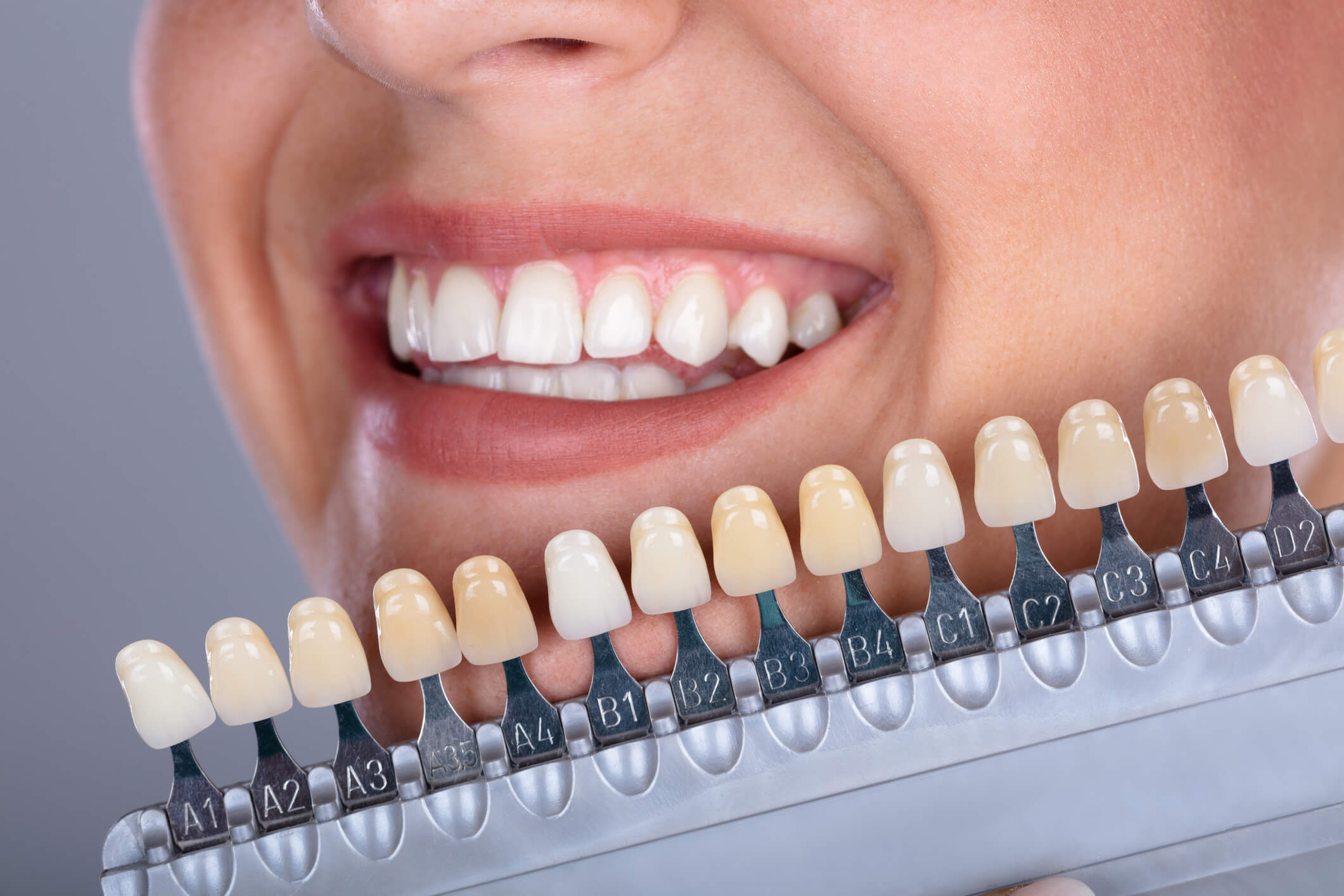–
Who are veneers suitable for?
Veneers are suitable for everybody, as long as your natural teeth are healthy, or any defects are mainly linked to tooth enamel. If there are more serious problems or any kind of reconstruction (like crowns and bridges), other techniques may be more suitable.
Veneers are most commonly used for:
- Misshapen teeth
- Small teeth
- Asymmetry
- Diastema (gaps between teeth)
- Dyschromia (discolouration)
- Broken teeth
- An uneven smile (involving one or more teeth)
How veneers are made and fitted
Ceramic veneers are prepared and placed with extreme precision to ensure they blend naturally with the patient’s smile and are long-lasting.
Treatment is planned in detail before it begins. Digital technologies let the patient and dentist simulate and see the final result on the computer, so the exact appearance the patient wants to achieve can be discussed together.
Minimally invasive veneers will have different thicknesses and be made of different materials, depending on the problem that needs to be corrected or the result the patient and their dentist want to achieve.
Veneers are usually applied in two or three visits. At the first visit the dentist analyses the tooth, the size of the defect and, only if necessary, reduces the thickness of the tooth to make space for the veneers. Sometimes this is just a question of rounding off the edges, while keeping as much of the tooth’s natural substance as possible. As this meticulous work is carried out only on the surface, most patients do not need an anaesthetic. However, if needed, an anaesthetic can be administered, to ensure that the whole process is completely painless. The dentist then makes a mould of the patient’s teeth. This is usually done with a special intraoral scanner and not with the unpleasant hardening pastes of the past. The dental technician then uses the mould to design and create the porcelain veneers together with the dentist.
At the second visit, especially for complex and challenging esthetic cases, a trial is carried out of the veneers.
This is to make sure that the colour and shape are exactly as intended. There is still time to make small changes – the little details that make all the difference. These are discussed between the patient, dental technician and dentist in order to achieve the best aesthetic result possible.
The third visit is when the veneer, or veneers, are actually fitted. A clearly defined and recorded sequence of adhesives are applied to the teeth and the veneers to make sure they adhere perfectly and are long-lasting.
Once they have been correctly and meticulously applied, veneers become a solid, durable covering that with the right maintenance give the patient a perfect smile and a new-found everyday confidence.
Minimally invasive veneers at the Dr. Kraus Dental Studio in Lugano
At the Dr Kraus Dental Studio in Lugano we will redesign your smile with minimally invasive veneers using the most advanced digital technology and high-quality, well documented and long-lasting materials, for a perfect aesthetic result.
